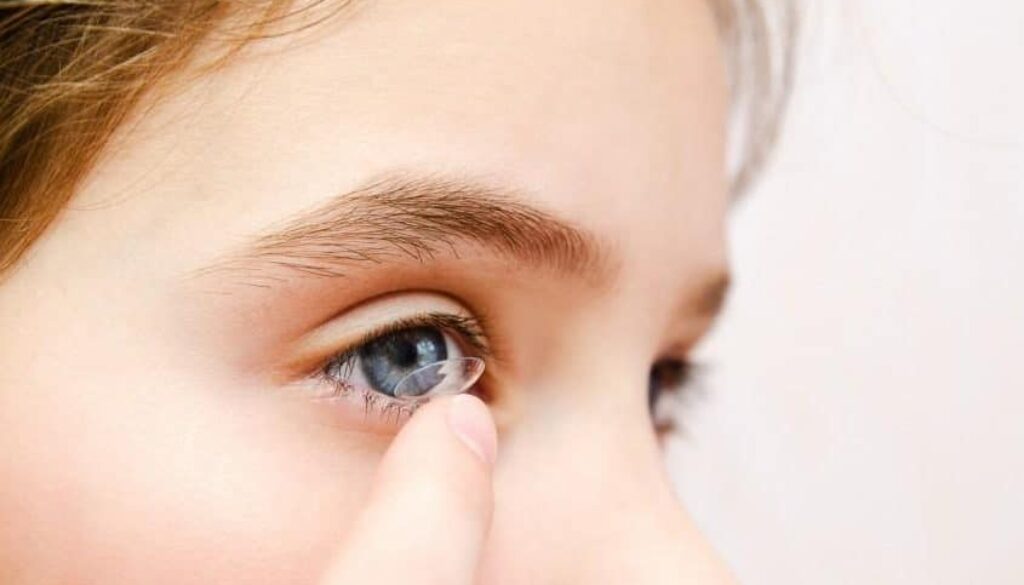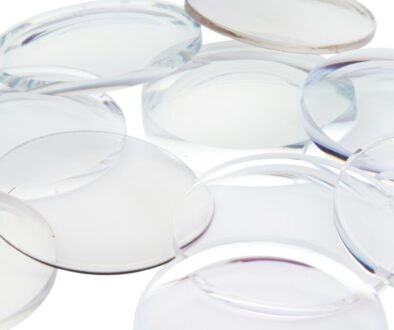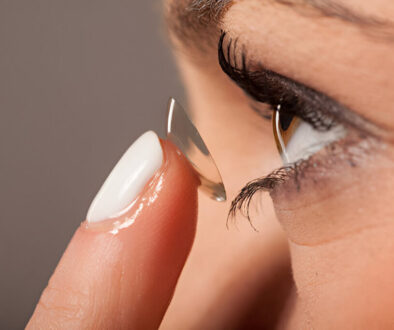How young is too young for Contact lenses?
10 Crucial Considerations: How Young is Too Young for Contact lenses?
Contact lenses are a medical device regulated by the Food and Drug Administration (FDA) which are regularly used by eyecare professionals to correct vision. Many parents inquire as to what age children can start wearing contact lenses, and there is no exact answer to this question. The doctor, parent and child can discuss the following considerations
Determining how young is too young for contact lenses is not straightforward. While some children adapt remarkably well as early as 8 years old, others may not be ready until their teenage years or later. Contact lenses are FDA-regulated medical devices that require maturity, responsibility, and a strong understanding of hygiene. The decision depends significantly on individual readiness, parental involvement, and guidance from eye care professionals.
Assessing Responsibility and Readiness for Contacts
Responsibility is paramount when introducing children to contact lenses. Before making a decision, parents should evaluate if their child:
- Can follow daily lens care instructions consistently.
- Maintains good personal hygiene habits independently.
- Demonstrates reliability in daily routines, such as toothbrushing or homework.
If your child exhibits these traits regularly, it might be a sign they’re ready for contacts. However, if constant reminders are needed for routine tasks, waiting might be advisable.
Advantages of Contact Lenses in Sports Activities
One common reason parents and children opt for contact lenses over glasses is the convenience during sports and physical activities. Glasses can slip, fog up, or break during rigorous play, potentially causing injuries or impairing vision. Contacts, conversely, provide:
- Unrestricted peripheral vision.
- Compatibility with protective sports gear like helmets and goggles.
- Improved safety and reduced risk of facial injuries compared to glasses.
This makes contacts highly beneficial for active children.
Managing High or Uneven Prescriptions with Contacts
Contacts are ideal for managing high or uneven prescriptions, a common challenge in pediatric vision care. High prescription glasses often result in thick, heavy lenses, causing discomfort and self-consciousness in children. Uneven prescriptions, known as anisometropia, create different image sizes, making visual coordination difficult.
Contacts correct these issues seamlessly, providing balanced, natural vision without the awkwardness or discomfort associated with thick glasses.
Myopia Progression and the Role of Contact Lenses
Myopia (nearsightedness) frequently progresses rapidly in children. Fortunately, specific contact lenses can effectively slow this progression. Multifocal contacts or specialized lenses like Orthokeratology (Ortho-K) are clinically proven to manage myopia effectively. By reshaping the cornea overnight, Ortho-K lenses provide clear vision during the day and significantly slow the progression of nearsightedness.
Orthokeratology: A Unique Option for Children
Orthokeratology is a groundbreaking contact lens technique that reshapes the cornea while your child sleeps. These lenses offer several advantages:
Trifocal
- No daytime glasses or contacts required.
- Clinically demonstrated to reduce myopia progression in children.
- Ideal for active lifestyles and sports involvement.
Ortho-K lenses require careful oversight by an experienced optometrist, making parental involvement essential.
Safety and Hygiene Practices for Children’s Contacts
When deciding how young is too young for contact lenses, safety and hygiene practices are non-negotiable. Contacts demand meticulous hygiene to avoid complications such as eye infections or irritation. Essential safety tips include:
- Washing hands thoroughly before handling lenses.
- Avoiding overnight wear unless prescribed by an eye doctor.
- Regularly cleaning and disinfecting lenses and cases.
- Using solutions specifically recommended by your optometrist.
Adhering to these guidelines drastically reduces risks and promotes healthier lens wear.
Teaching Your Child Proper Lens Cleaning Techniques
Proper lens cleaning is critical to avoid potential infections and ensure comfortable lens wear. Children should be taught:
- The correct procedure for lens removal and insertion.
- Appropriate lens rinsing, cleaning, and storage methods.
- To replace the lens case every three months or sooner.
- To recognize signs of irritation or infection, prompting them to seek help immediately.
Parents should initially oversee and reinforce these practices until their child masters them independently.
Regular Eye Exams: Essential for Contact Lens Wearers
Regular pediatric eye exams are crucial, especially when a child wears contacts. Annual or semi-annual exams allow the optometrist to monitor eye health, adjust prescriptions, detect complications early, and ensure contact lenses continue to fit properly as the child grows.
Routine exams are not just preventive—they provide peace of mind that your child’s eyes remain healthy and vision is optimally corrected.
Potential Risks and Complications of Early Lens Use
While contacts offer significant advantages, potential risks and complications must be acknowledged. Common issues include:
- Eye infections due to improper lens care.
- Allergic reactions or sensitivities to contact lens solutions.
- Corneal abrasions from incorrect insertion or removal.
These risks are significantly reduced with proper parental supervision, education, and adherence to recommended hygiene practices. Recognizing early signs of complications and immediate consultation with an eye care provider ensures minor issues don’t become serious.
Our doctors have been successful in fitting many children in contact lenses with careful monitoring from parents. If you or your child have considered trying contacts for one of the above reasons, you can discuss contacts with your doctor to see if they are a good fit. We will discuss the care, cleaning, insertion and removal process at your pediatric eye exam.
FAQs
-
Children in Tamarac, FL, can safely start wearing contact lenses as early as 8 years old, provided they demonstrate maturity and proper hygiene practices, with supervision from parents and guidance from an optometrist.





